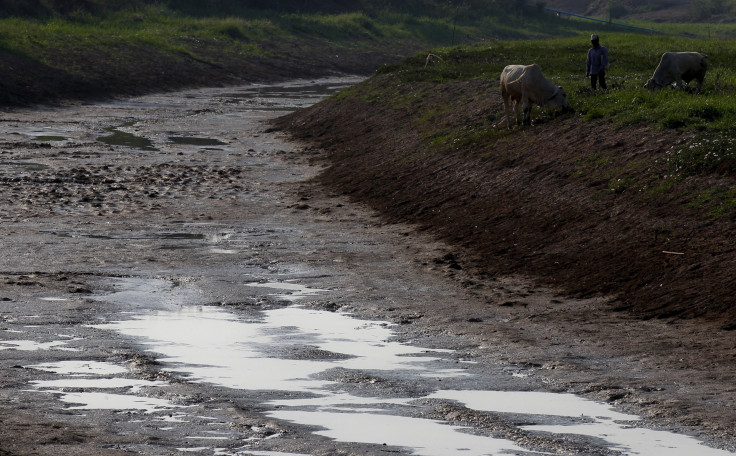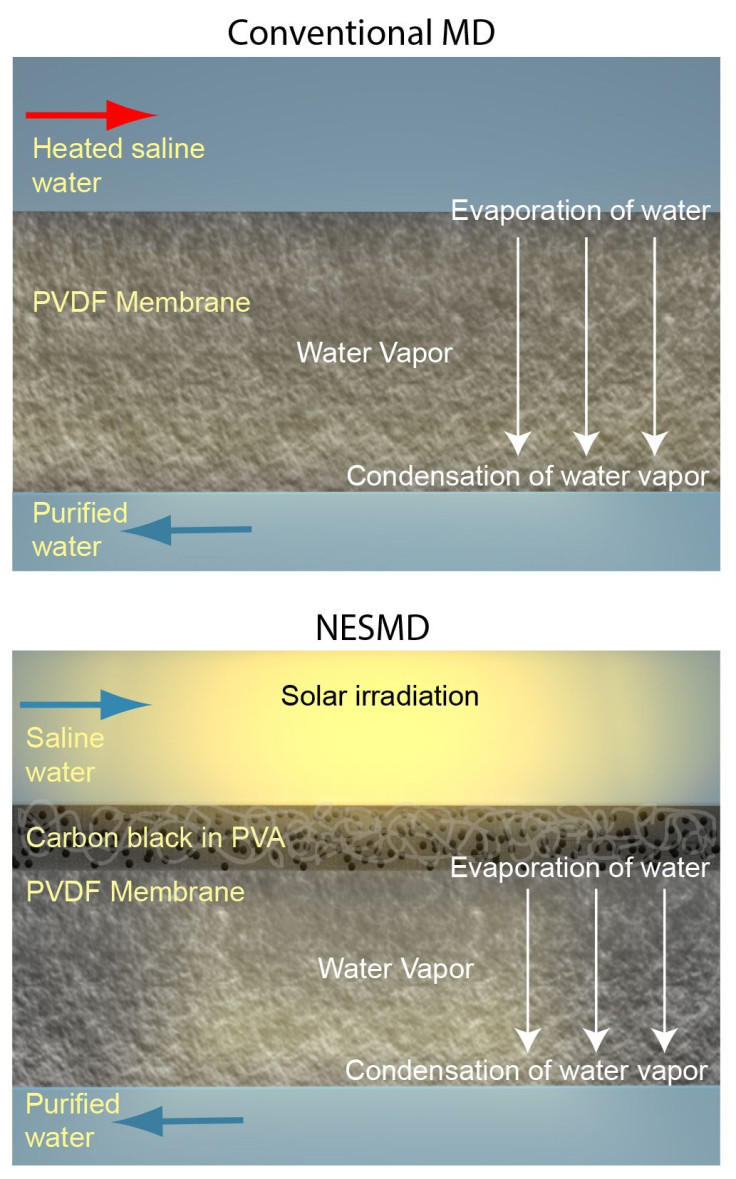Water Scarcity: Global Shortages Drive Innovation Even As Crisis Continues

Over 2.7 billion people, or 40 percent of the world’s population, don’t have enough of it, and there are dire predictions that looming shortages and dwindling supply will lead to another war at the global scale. And while water covers 70 percent of Earth’s surface, precious little of it is fresh water that we consume for drinking, and use for bathing and irrigating crops.
According to estimates by the World Wildlife Fund, given the current consumption rate of fresh water, about two-thirds of the global population could face water shortages by 2025. As things stand, less than 3 percent of the world’s total water is fresh water, of which only a third is available for use, the rest being frozen in glaciers and such. And even as the population grows, the amount of fresh water dwindles further all the time.
Read: EPA Chief Scott Pruitt Wants To Do Away With The Clean Water Rule
A study from March, titled “Salting our freshwater lakes,” by researchers from the United States, Canada and Argentina found that many fresh water lakes in the U.S. are at risk of becoming saltier than the threshold for aquatic life in the next 50 years. Most of it is due to runoff of road salt into water bodies, but other human activity too can exacerbate the problem. The Water Project, a New Hampshire-based nonprofit, predicts Lake Mead in Arizona could be dry by 2021, and that the “crisis may soon spread into other areas of the U.S. when local waterways can no longer replenish their resources to meet our growing demand.”

Since salty water is in over-abundance on the planet, a lot of research has gone into converting sea water into potable water. And while the process is simple and inexpensive at a small scale, it has not been a practical solution to solve the acute shortages that affect some places on Earth. Kevin Wattier, a former manager of the water department in Long Beach, California, told Voice of America in October 2015: “It would cost at least twice or three times as much to desalinate seawater as it would cost to buy imported water. You will increase your global carbon footprint when you go to seawater [desalination].”
However, technology has come some way since. Scientists at the Massachusetts Institute of Technology built a device, using a special material produced at the University of California, Berkeley, earlier this year that uses solar energy to draw water out of air, even when the air is dry. And on June 19, researchers from Rice University in Houston, Texas, and Yale University in New Haven, Connecticut, announced they had created a membrane that uses solar energy and a nanoparticle-membrane to turn salt water into fresh water.
In a paper published in the journal, Proceedings of the National Academy of Sciences, the researchers describe the “desalination system, which uses a combination of membrane distillation technology and light-harvesting nanophotonics.” The resulting device is a compact unit that can be used in off-grid locations, and can be scaled up to provide water for large communities as well.

“Direct solar desalination could be a game changer for some of the estimated 1 billion people who lack access to clean drinking water. This off-grid technology is capable of providing sufficient clean water for family use in a compact footprint, and it can be scaled up to provide water for larger communities,” Rice scientist and water treatment expert Qilin Li, a corresponding author on the study, said in a statement.
Read: Meltwater Network On Antarctica Is Bigger Than Previously Thought
While scientific research makes progress, private enterprise is also pitching in. IDE Technologies, based in Israel, manufactures and operates desalination and industrial water treatment plants, and is behind the world’s largest desalination plant in Sorek, Israel. Miriam Faigon, vice president and chief technology officer of assets at the company, explained in a statement to International Business Times how IDE Technologies keeps the costs down when operating a plant based on thermal desalination.
“The thermal desalination process uses energy to evaporate water and subsequently condense it again. When there is waste heat or sufficient electricity available, as is often the case with refineries and power plants, thermal desalination is an efficient and viable solution,” she said.
The company’s technology is suitable for extracting pure water from various types of salty water, including seawater, brine and brackish water.

Of all the fresh water on Earth, over 60 percent is locked up in the ice sheets of Antarctica. When they calve — one of the effects of a warming planet — precious fresh water mixes into the surrounding sea. Much of the rest of the fresh water is underground or moisture in soil, with only about 3 percent available as surface water. Lake Baikal in Russia is the single largest surface fresh water body in the world, accounting for 22 percent of the total. About 29 percent is found in the African Great Lakes and another 21 percent in the North American Great Lakes.
© Copyright IBTimes 2024. All rights reserved.




















